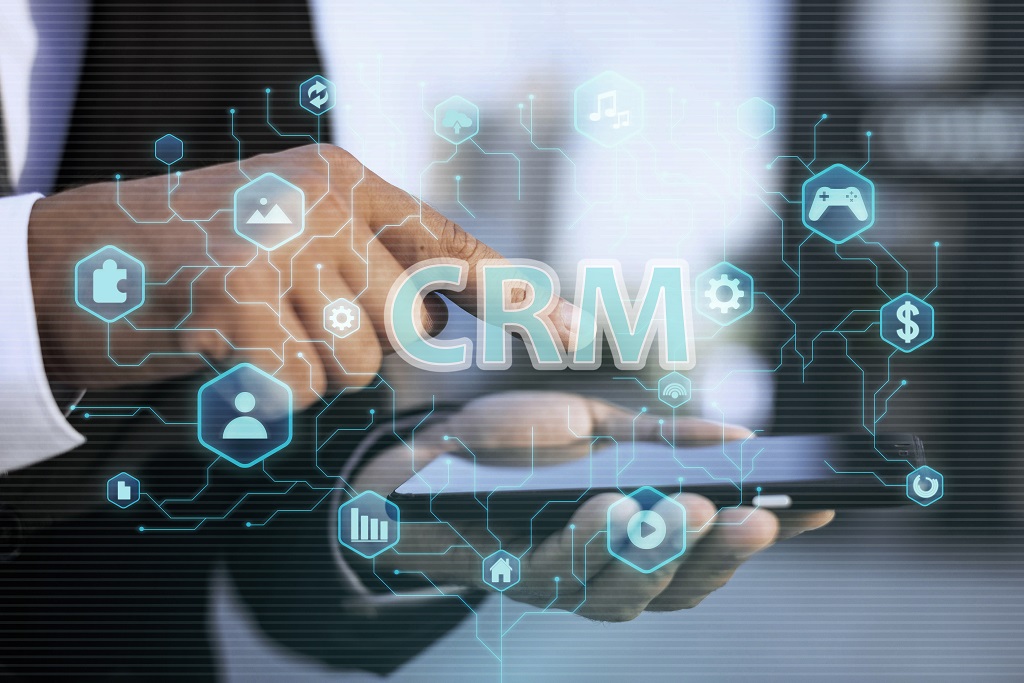Sales is more than just buying something and selling it for twice the price. From research and evidence from over the years, we now know that it is possible to significantly enhance the productivity and efficiency of a sales team by providing them with the right resources and strategies.
And this is exactly why sales enablement has emerged as a critical component of successful sales strategies, since an efficient sales team ultimately translates to business growth. Sales enablement encompasses a wide range of practices, tools, and technologies that are designed to empower sales teams to sell more effectively. In this blog, we will explore the most effective sales enablement strategies to grow your business.
1. Developing a Comprehensive Sales Enablement Plan
The foundation of any successful sales enablement strategy is a comprehensive plan. This plan should outline the following aspects needed to support your sales team.
- Key objectives
- Target audience
- Specific tools and resources

Here are some steps to consider when developing your plan:
- Define Clear Goals
- Start by listing specific measurable goals for your sales enablement efforts. These goals should align with the overall business objectives.
- Identify Your Audience
- Define your sales team’s target audience. This involves segmenting the market and creating detailed buyer personas to better understand the problems and requirements of potential customers.
- Audit Existing Resources
- Every business has a basic set of sales enablement resources that already exists. Whether its call scripts, sales content, training materials, or technology platforms, take stock of the pre-existing resources and identify any gaps that need to be filled.
- Develop a Content Strategy
- Create a content strategy that addresses the requirements of your sales team and your target audience. This should include sales collateral, case studies, product information, and more.
2. Leveraging Sales Training and Coaching
Sales enablement isn’t just about creating tools or giving away resources. Foster a culture of continuous learning within your sales team to drive long-term success. Encourage your sales representatives to continuously develop their skills and stay up-to-date with industry trends. Support your sales team in pursuing professional development opportunities, such as attending conferences, obtaining certifications, and participating in webinars and reward them for the same.

Investing in the constant learning and growth of your sales team can lead to improved performance and higher conversion rates. Training and coaching take sales enablement to implementation. Here’s how to go about it:
- Regular Training Sessions
- Implement regular training sessions to keep your sales team up-to-date with the latest industry trends, product updates, and sales techniques. Make sure to accommodate different learning styles to make the best of these sessions.
- One-on-one Sales Coaching
- Effective coaching can boost confidence and improve overall performance. Help sales representatives by addressing specific challenges they may be facing with one-to-one attention.
- Role-Playing Scenarios
- Incorporating role-playing exercises will not only allow sales reps to practice their pitches to handle objections in a safe environment but also get an insight into customer perspectives.
- Certification Programs
- Certifications can serve as a motivator for continuous learning. Consider implementing certification programs to provide your sales team with a permanent asset to motivate them further.
3. Utilizing Technology and Sales Enablement Tools
Technology plays a pivotal role in everything modern. The same applies to modern sales enablement. By leveraging the right tools, you can streamline processes, improve communication, and provide your sales team with valuable insights. Here are some key technologies to consider:

- Customer Relationship Management (CRM) Systems
- A robust CRM system is essential for managing customer interactions, tracking sales activities, and analyzing performance. Find one that integrates other sales enablement tools with your CRM for seamless data flow.
- Sales Content Management Systems (SCMS)
- Make sure that your sales team has access to the most up-to-date materials and are able find the resources they need easily. You can achieve this with an SCMS, which allows you to organize and distribute sales content efficiently.
- Sales Analytics Tools
- Sales analytics can help you gain insights into your sales processes and identify areas for improvement. Sale analytics tools can help you track key metrics, such as conversion rates, deal velocity, and sales pipeline health.
- Communication and Collaboration Tools
- Platforms like Slack, Microsoft Teams, and Zoom can enhance teamwork and keep everyone on the same page. Implement such tools to facilitate communication and collaboration among your sales team.
4. Creating High-Quality Sales Content
High-quality sales content is essential for engaging prospects and guiding them through the buying journey. Your content should be tailored to the needs and preferences of the target audience. Here are some types of content to focus on:

- Case Studies
- Case studies provide social proof and can be powerful tools for building credibility. Share success stories that demonstrate how your products or services have helped other customers achieve their goals.
- Product Demos
- Create engaging product demos that showcase the features and benefits of your offerings. These can be in the form of videos, webinars, or interactive presentations. They have the potential to accelerate customer buying decisions.
- Whitepapers and E-books
- Develop in-depth whitepapers and e-books for sales makers to refer to that address common challenges and provide valuable insights.
- Sales Playbooks
- Create comprehensive sales playbooks that provide your team with a step-by-step guide to selling your products or services. Include scripts, objection-handling techniques, and best practices.
5. Aligning Sales and Marketing Efforts
Alignment between sales and marketing is crucial for a successful sales enablement strategy. When these two functions work together seamlessly, they can drive better results and create a more cohesive customer experience. Here are some strategies for achieving this alignment:

- Regular Communication
- By organising more joint meetings, shared goals, and collaborative projects, enable regular communication between your sales and marketing teams to bring them on the same page.
- Shared Metrics
- Establish shared metrics that both teams are accountable for. This ensures that both teams are working towards the same objectives.
- Lead Scoring and Nurturing
- Implement lead scoring and nurturing processes to let only the most qualified leads to the sales team. This can increase conversion rates.
6. Implementing a Data-Driven Approach
By leveraging data, you can identify patterns, track performance, and optimize your strategies, thus, thus making valuable insights which help you make informed decisions accessible. Here are some steps to implement a data-driven approach:

- Tracking Metrics
- Identify and track key performance metrics, such as win rates, average deal size, and sales cycle length. This data can help you evaluate the effectiveness of your sales enablement efforts.
- Analyze Sales Data
- Analyze your sales data to identify trends and patterns. Look for insights that can help you improve your sales processes and make more informed decisions.
- Use Predictive Analytics
- Utilize predictive analytics to forecast future sales performance and identify potential opportunities. This can help you allocate resources more effectively and prioritize high-potential leads.
Effective sales enablement is essential for driving business growth and achieving long-term success. By developing a comprehensive sales enablement plan, creating high-quality content, aligning sales and marketing efforts, implementing a data-driven approach, , investing in training and coaching, leveraging technology, and fostering a culture of continuous learning, you can empower your sales team to perform at their best. Remember, sales enablement is an ongoing process that requires regular evaluation and adjustment. By staying proactive and continuously refining your strategies, you can ensure that your sales team remains equipped to meet the ever-changing demands of the market.
0 Comments